 , Reactant x is : Solution in Telugu
, Reactant x is : Solution in Telugu
CH3Cl
CH2Cl2
CHCl3
CCl4
The correct Answer is:C
Reimer-Tiemann reaction.
Topper's Solved these Questions
- BOOK - MS CHOUHANCHAPTER - CARBENE AND NITRENE EXERCISE - LEVEL-2 (Comprehension)19videos
CARBENE AND NITRENE
- BOOK - MS CHOUHANCHAPTER - CARBENE AND NITRENE EXERCISE - LEVEL-25videos
CARBENE AND NITRENE
- BOOK - MS CHOUHANCHAPTER - BIOMOLECULES EXERCISE - LEVEL - 25videos
BIOMOLECULES
- BOOK - MS CHOUHANCHAPTER - CARBOXYLIC ACID AND THEIR DERIVATIVES EXERCISE - LEVEL-2( SUBJECTIVE PROBLEMS)1videos
CARBOXYLIC ACID AND THEIR DERIVATIVES
Similar Questions
Hoffmann bromamide reaction involves conversion of a carboxylic acid amide into an amine with a loss of a carbon atom on treatment with aqueous sodium hypobromite. Thus Hoffmann result in shortening of a carbon chain.
R−O∣∣C−NH2Br2−−−→NaOHR−NH2+NaBr+Na2CO3
Mechanism of the reaction is :
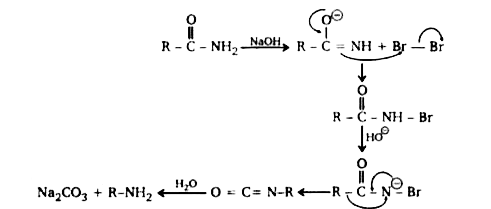
Number of moles of NaOH consumed in above reaction.01:27View SolutionMatch the column I and II.
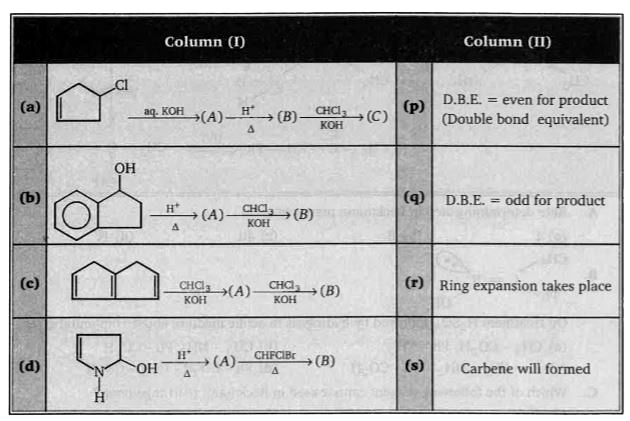 01:31View Solution
01:31View SolutionMatch the colume (I) and Column (II). (Matrix)
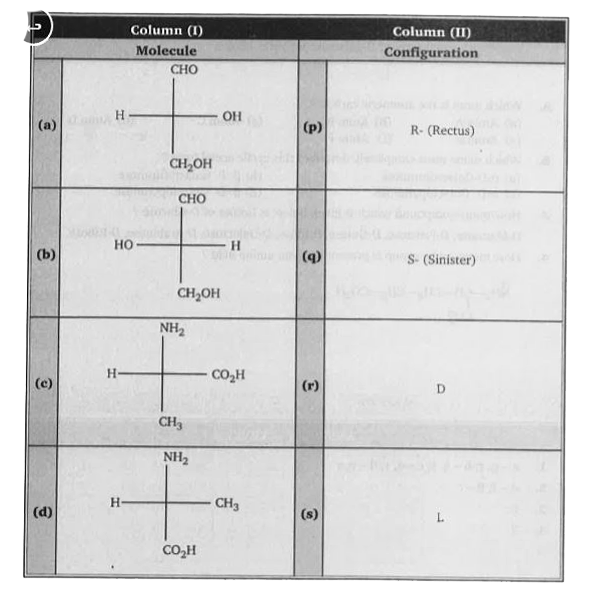 View Solution
View Solution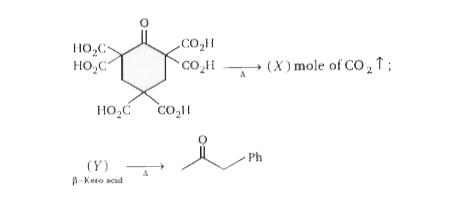
(Y) is including stereoisomers. Value of (X+Y) will be03:49View SolutionIf concentration of reactants is increased by 'x' then K becomes
08:29View Solutionअभिकारकों की अभिक्रिया को समीकरण के ........... ओर लिखा जाता है।
03:49View SolutionIn the preparation of ether, one of the reactant is R-X another is
View Solution_____________ reactant is the reactant that is taken in excess than the limiting reactant.
05:25View SolutionPlot a graph of concentration of a reactant at time t, [ (a-x)] against time for a first order reaction .Here a = initial concentration of the reactant an x = change in concentration of the reactant at any time 1 during the reaction.
03:09View SolutionWhich of the following is/are correct for the first order reaction ? (a is initial concentration of reactant, x is concentration of the reactant reacted and t is time)
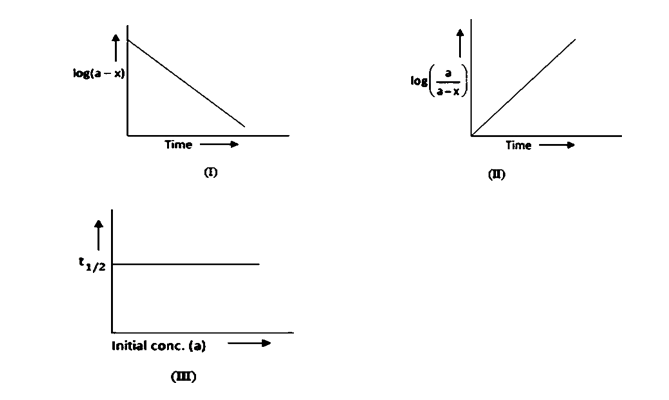 01:08View Solution
01:08View Solutionबैंजीनडाइऐजोनियम क्लोराइड X से अभिक्रिया कर एक र्वक देता है अभिकारक X हैं-:
04:23View SolutionWhich of the following graphs represent a first order reaction (a=initial concentration of reactant, x=concentration of reactant consumed, t=time)
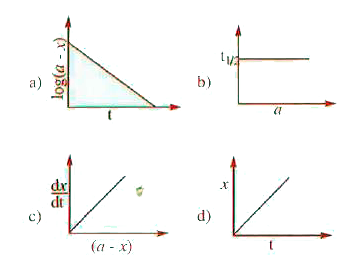 05:25View Solution
05:25View Solutionबेन्जीन डाइऐजोनियम क्लोराइड X से अभिक्रिया कर एक रंजक देता है। अभिकारक X है -
03:18View SolutionIdentify the reactant 'A' in the following reaction A+2R-XtoR_4N^+X^-
03:12View SolutionX+2KOHoverset("Alcohol")rarrH-C-=C-H Here the reactant ''X' is
02:47View SolutionWhich of the following graphs represent a first order reaction (a=initial concentration of reactant, x=concentration of reactant consumed, t=time)
View Solution

